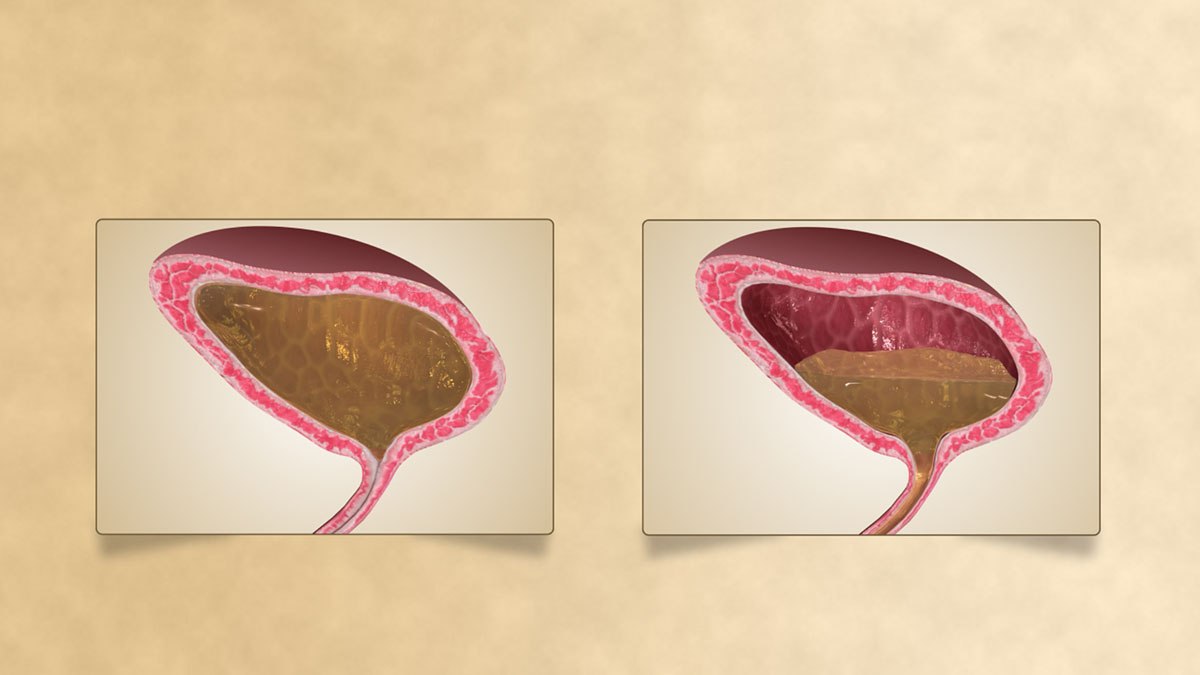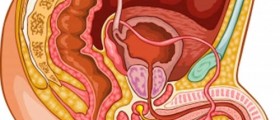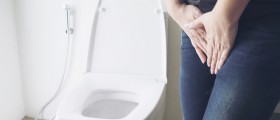
The bladder is an organ of the body that is used to store urine. It is located in the pelvic region of the body. The pressure that results from the bladder being full is what gives the people the urge to urinate.
The urine travels from the bladder through the urethra and out the body while urinating.
In some women, the bodily stress of childbirth can damage this area of the body, and in some cases when there is enough deterioration, the bladder will prolapse.
There are four different grades of prolapsed bladders that range in severity.
In grade one, which is mild, only a small portion of the bladder droops into a woman’s vagina. In grade two the bladder droops enough to reach the opening of the vagina. In grade three, the bladder protrudes outside the vagina, and in grade four, the entire bladder hangs out of the body from the vaginal opening.
The condition is commonly associated with older women who enter menopause, because the woman’s body stops making estrogen, the hormone that helps to keep the muscles of the vagina strong.
There are various different treatments for a prolapsed bladder. Some of them include behavioral therapy, pessaries or vaginal inserts.
Behavioral treatments depend completely on the individual and are often combined with other treatments in order to get maximum results. Such treatments also work for people who have trouble with incontinence. A type of behavioral treatment is bladder training, which is a form of behavioral therapy that can be effective in treating urinary incontinence.
In this treatment, a person tries to increase the amount of time between each trip to the bathroom and to increase the amount of fluid that the bladder is able to hold.
It requires the person to work on a fixed schedule, and to urinate sometimes even when the urge is not present. There are also relaxation exercises involved that help a person to suppress urges to urinate.
Kegels are pelvic music exercises, and they can also be done in order to prevent a prolapsed bladder and incontinence. Not only do these exercises help to suppress the urge to urinate, they also strengthen and tone all of the muscles that support the organs in the pelvic region.
Sometimes, however, surgery will be needed to fix the problem, especially in higher-grade problems.
The goal of the surgery is to repair all of the defects that are responsible for the prolapse and to prevent it from happening again.
Therefore, a combination of procedures will be needed, both vaginal and abdominal. Anterior repairs of the vagina will strengthen the front wall that is overlying the bladder, and the posterior repairs correct the tears that could have possibly resulted at the back wall of the vagina, in the area directly above the rectum.
A reconstruction of the vagina and rectum may also be needed. In the most sever cases, as colpocleisis will be done, which is a complete or partial closure of the vagina.
There are also abdominal procedures that will suspend the top of the vagina to the strong ligament on the front of the lower back with a piece of tissue, muscle or ligament from another part of the body.

















Your thoughts on this
Loading...